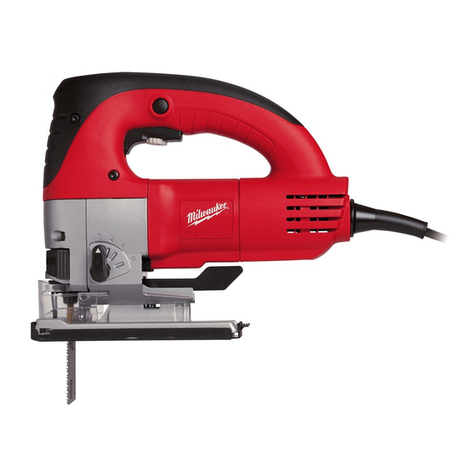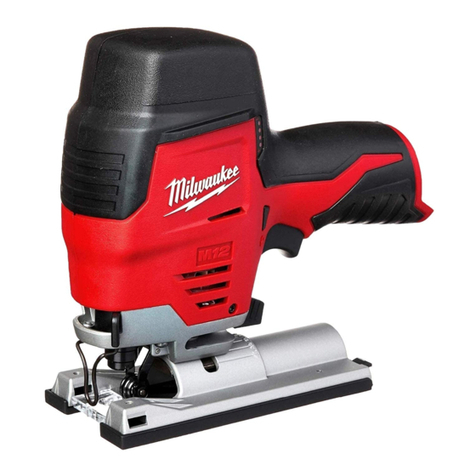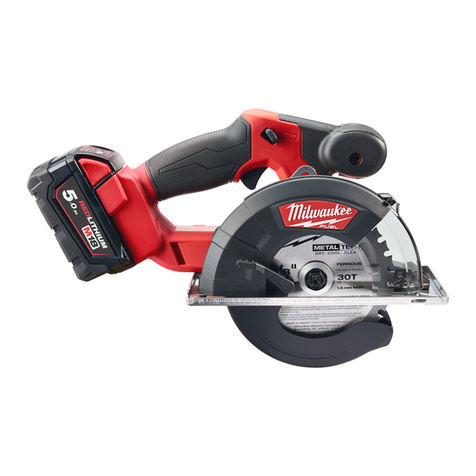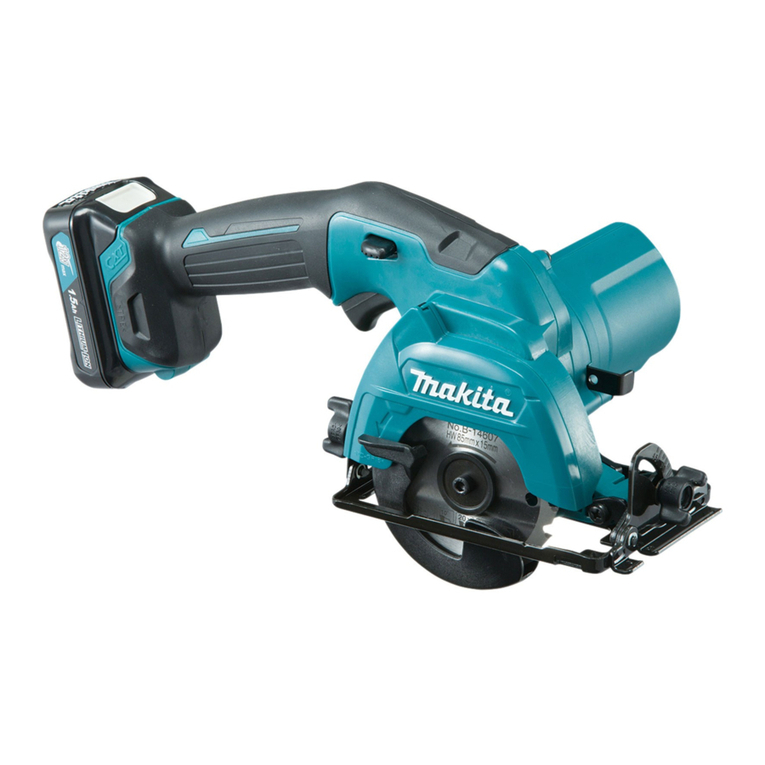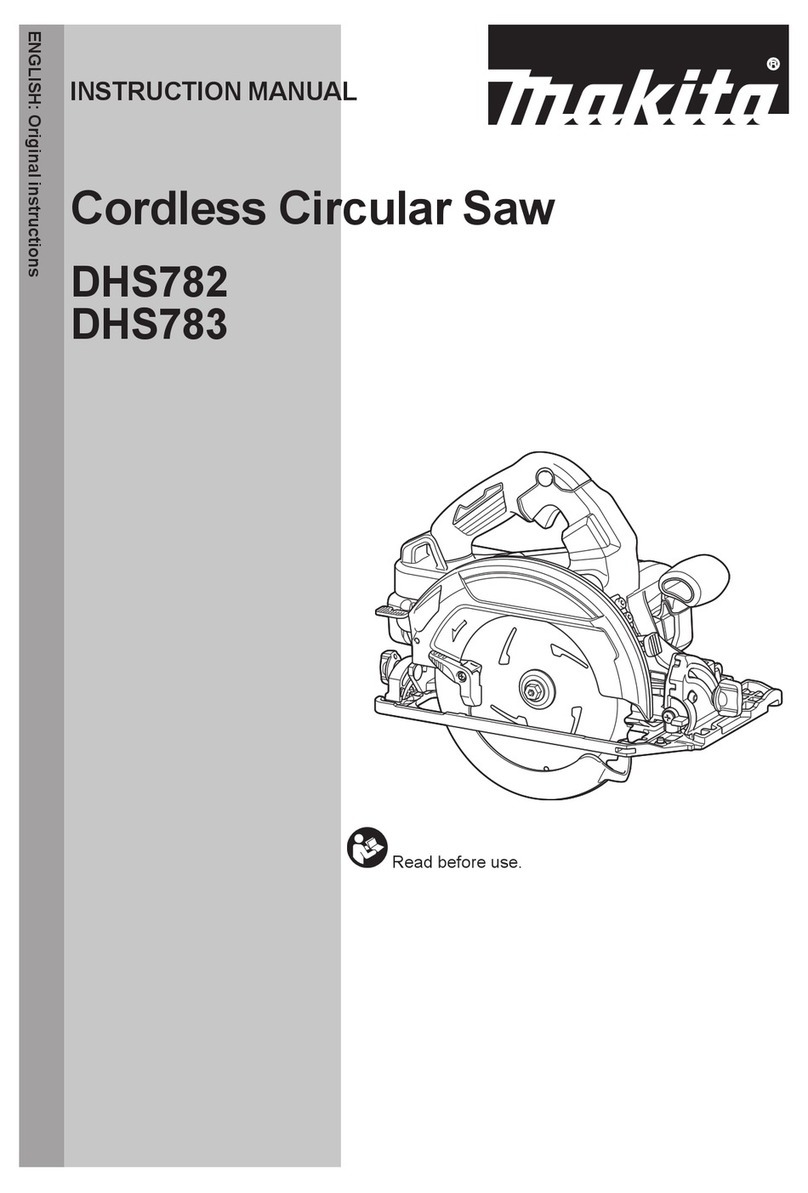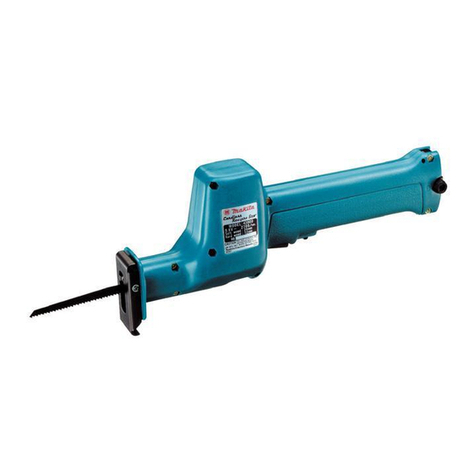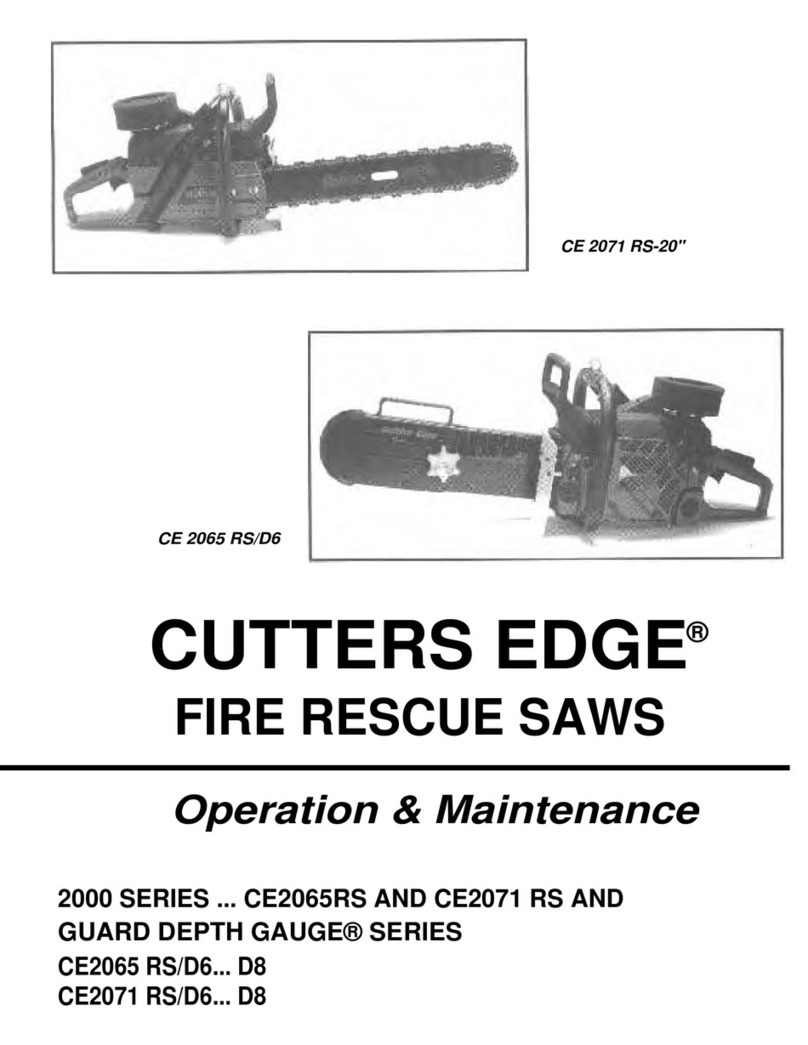Milwaukee HD18 CS User manual
Other Milwaukee Cordless Saw manuals
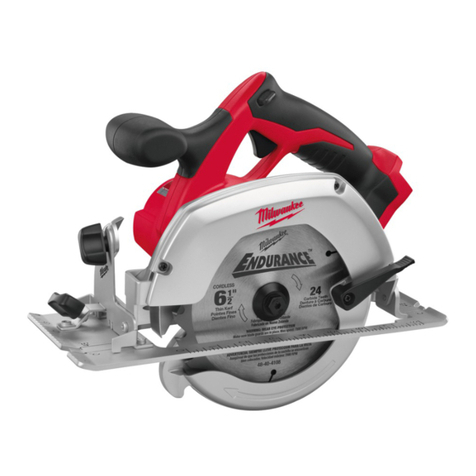
Milwaukee
Milwaukee HD18 CS User manual
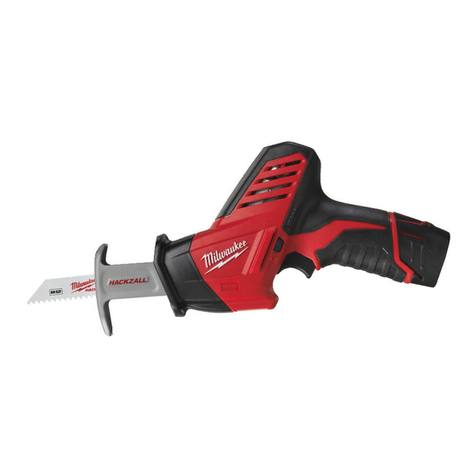
Milwaukee
Milwaukee C12 HZ User manual

Milwaukee
Milwaukee M18 2645-20 User manual

Milwaukee
Milwaukee M18 CHT User manual

Milwaukee
Milwaukee 6509 Series User manual
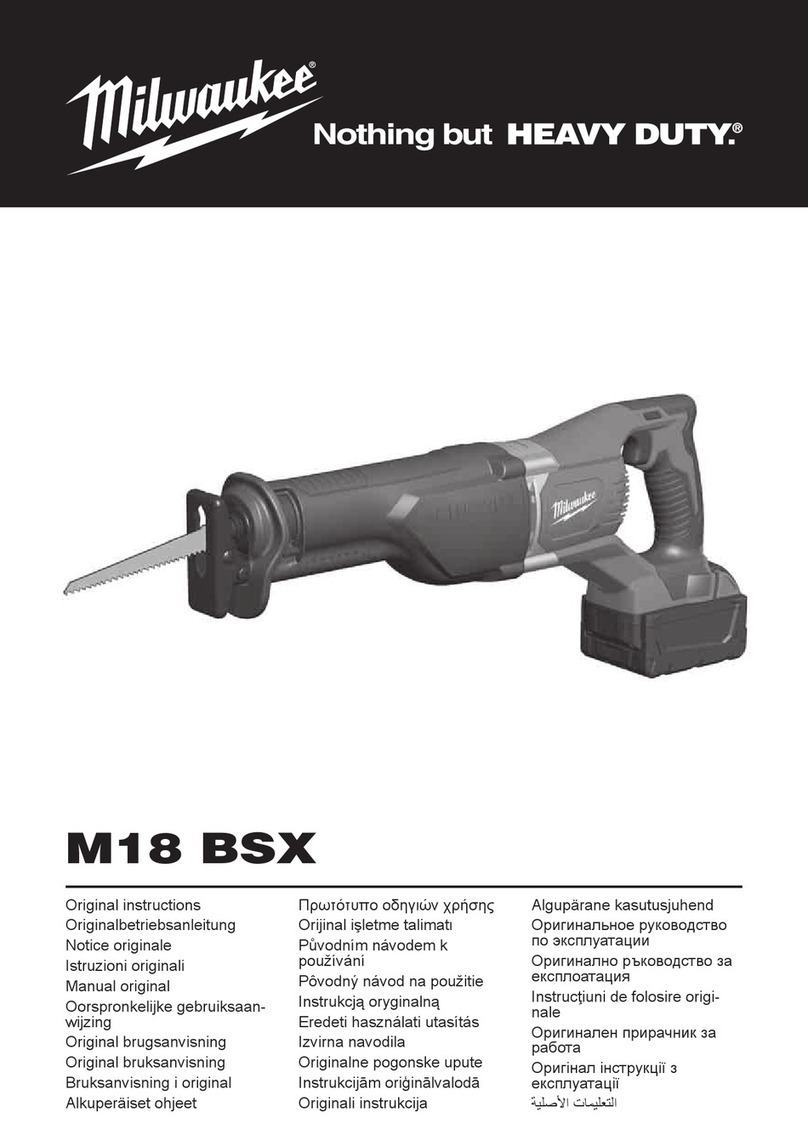
Milwaukee
Milwaukee M18 BSX-402C User manual

Milwaukee
Milwaukee M18 CCS66 User manual
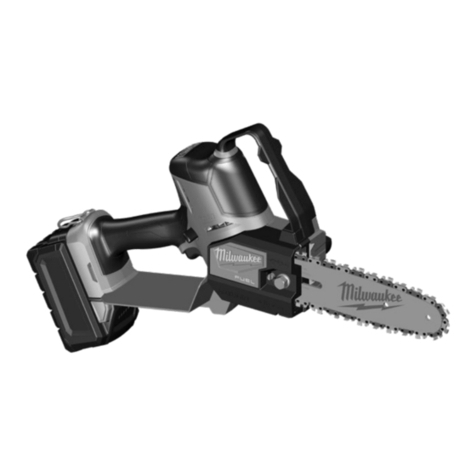
Milwaukee
Milwaukee HEAVY DUTY M18 FHS20 User manual

Milwaukee
Milwaukee 468FJ User manual

Milwaukee
Milwaukee HD18 CS User manual
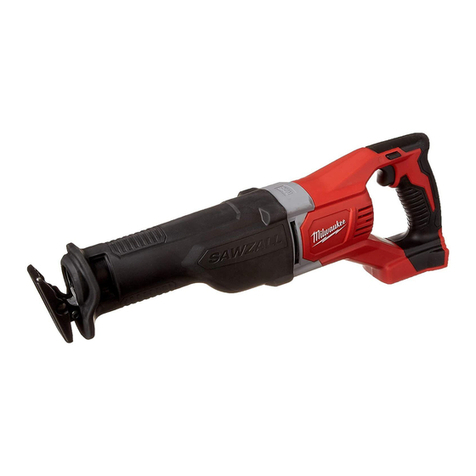
Milwaukee
Milwaukee SAWZALL 0719-20 Guide

Milwaukee
Milwaukee HD18 BS User manual

Milwaukee
Milwaukee M12 2445-20 User manual
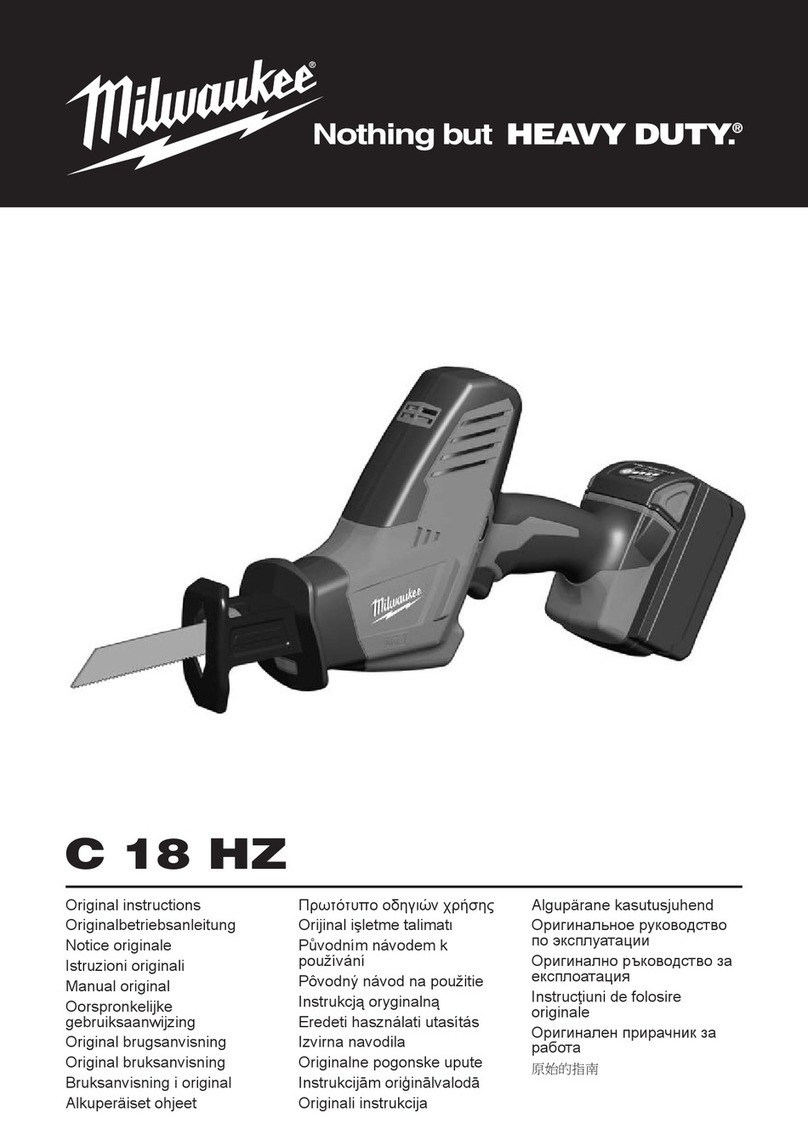
Milwaukee
Milwaukee C18HZ-0 User manual

Milwaukee
Milwaukee M18 FUEL 2737-20 User manual

Milwaukee
Milwaukee 6523-21 User manual
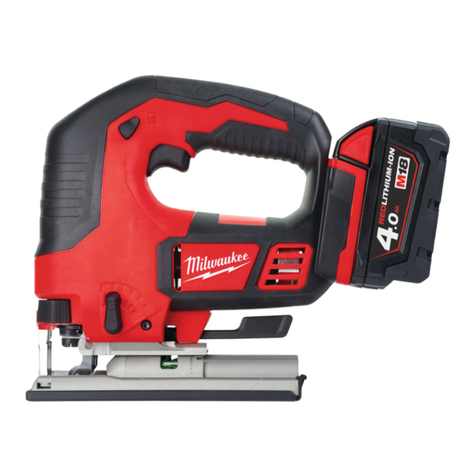
Milwaukee
Milwaukee M18 BJS User manual
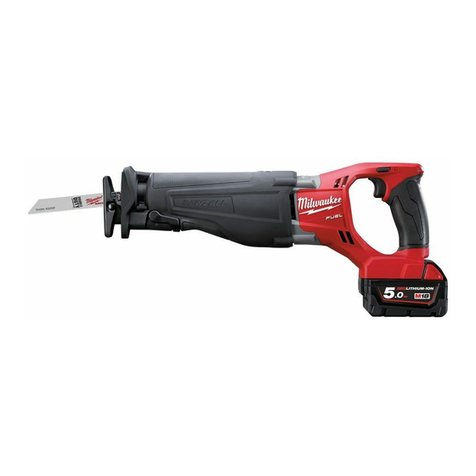
Milwaukee
Milwaukee M18CSX-502X User manual

Milwaukee
Milwaukee 6514 Series User manual
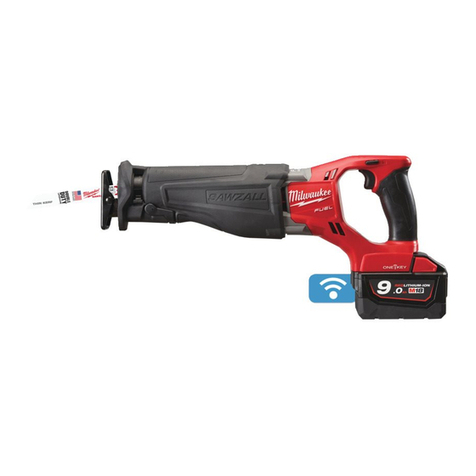
Milwaukee
Milwaukee M18 ONESX User manual
